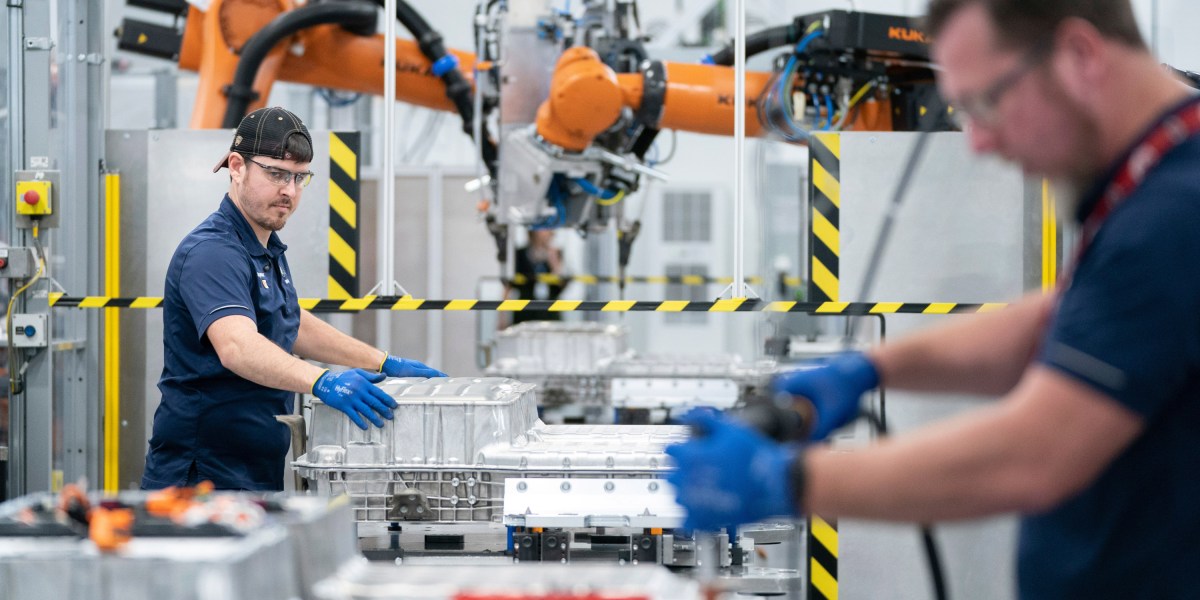Ah ok, but that‘s faster than both fast charging and ultra fast charging. Or as the Brits say, ultra rapid, “Rapid charging = 50 kW - 149 kW. Ultra-rapid charging = 150 kW+“. In EU anything above 22kW is a fast charger, typically 43,50 or more.
Not every day, but in practice fast charging goes up to 80% max (to protect the battery, after that it slows down automatically), only 60% for some car models. Drivers usually don’t let it drop below 20% (first and last 20% load slowest). Don’t tell the range phobia patients. Instead of half an hour, it’s 10-20 min. People stand still in traffic much longer than that. On road trips it’s really a non-issue, gotta eat, drink, stretch legs, take a piss, have a smoke or just enjoy the scenery. Apps make it easy to plan, get alerts with directions to cheapest or fastest.

www.technologyreview.com





